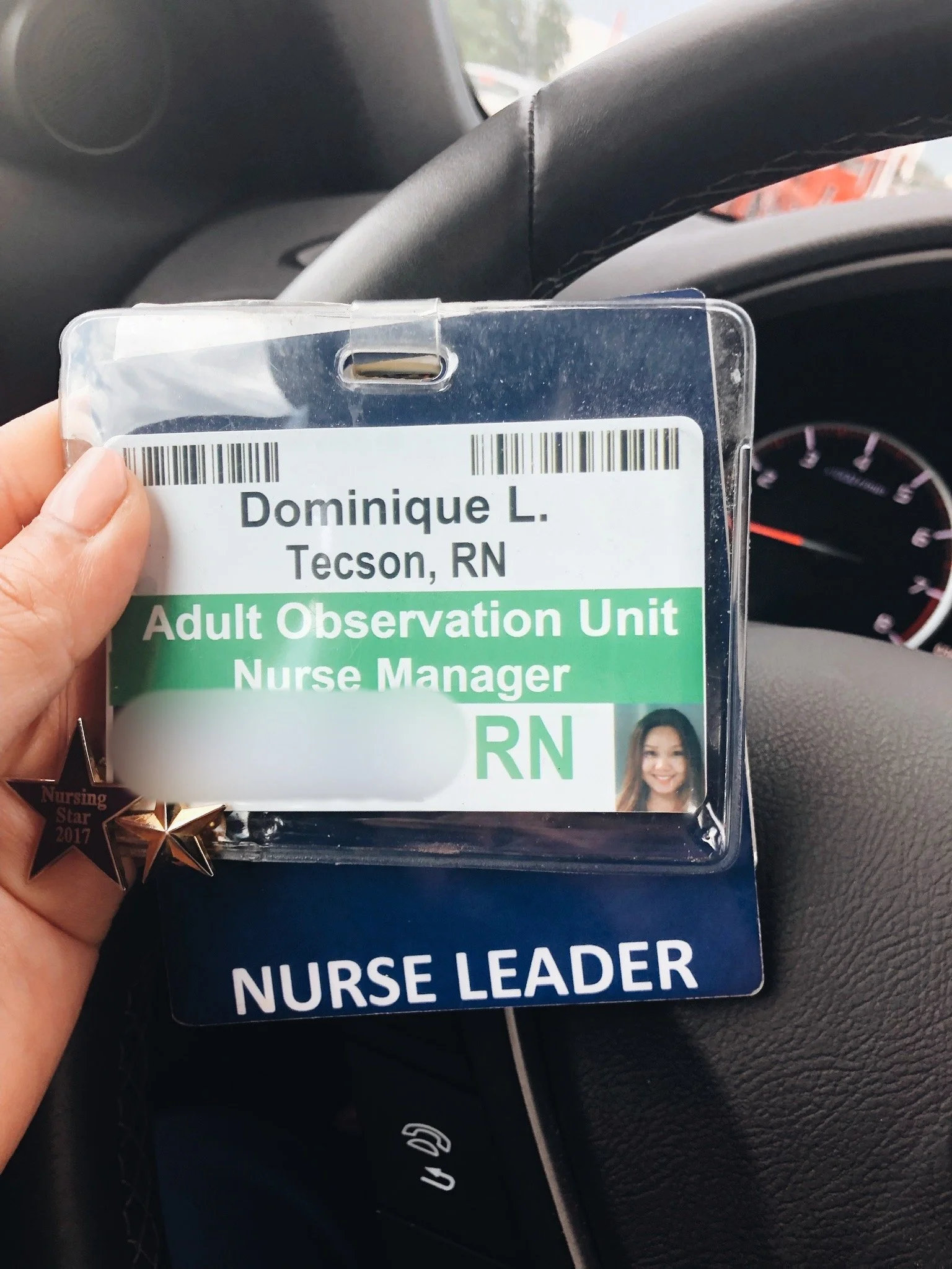Why Effective Leadership is Crucial for Maintaining a Healthy Work Culture in Nursing
The role of nursing leaders in promoting a positive work environment is essential to maintaining an environment that supports quality patient care. A good work culture encourages collaboration, open communication, and mutual respect between management and staff. Nursing leaders play an important part in creating this type of atmosphere by providing guidance on how to foster a healthy working relationship among all levels of the organization. They also need to be aware of any issues or conflicts that may arise within their team and take action as necessary to promote resolution and understanding between parties involved. Additionally, they must ensure there is adequate support for staff members so they can perform their duties effectively without feeling overwhelmed or stressed out. By taking these proactive steps, nursing leaders will be able to create a positive work culture where everyone feels valued and appreciated for their contributions.
The Importance of Having a Positive Work Environment
A positive work environment can have a significant impact on patient care and safety. In an environment that is supportive, respectful, and collaborative, employees are more likely to take the necessary steps to improve outcomes for their patients. When staff feel valued and empowered by their employers, they are more likely to be motivated and engaged in providing quality care. This sense of job satisfaction also leads to lower levels of stress among workers who may otherwise experience burnout due to grueling schedules or difficult tasks. Furthermore, when staff are able to communicate openly with each other about issues or concerns related to patient care without fear of retribution from management, it encourages teamwork which reduces errors caused by miscommunication between departments. Finally, a positive work atmosphere creates a culture where people feel comfortable speaking up if they witness any suspicious activity such as fraud or abuse so that these issues can be addressed promptly before they result in harm or financial losses for the organization.
Strategies to Create a Positive Environment
In order to create a positive work environment, there are certain strategies that nursing leaders can employ. One of the most important is creating a culture of respect in the workplace. This means providing employees with equal opportunities for growth and development regardless of their background or experience level. Leadership should also ensure staff members have access to adequate resources and support when needed, and recognize individual accomplishments both publicly and privately on a regular basis. In addition, leadership should cultivate an atmosphere where different opinions are respected even if they don’t align with those held by management.
Another key strategy for building a positive working environment is encouraging accomplishment and teamwork among staff members. Leaders should create opportunities for collaboration between team members so they can learn from each other as well as share ideas about how best to care for patients. Additionally, leaders must provide meaningful feedback about performance both positively and constructively so employees feel appreciated while still being pushed to reach their highest potentials in patient care settings.
Finally, it is essential that clear communication be fostered within the organization at all levels from leadership down through front-line staff members. All parties must understand expectations clearly so everyone knows what is expected of them on any given day or project related tasking; this will help prevent misunderstandings or miscommunications which could lead to errors in patient care delivery or other problems further down the line, such as conflicts between coworkers due to lack of clarity around job roles/responsibilities
The Role of Nursing Leaders in Creating a Positive Work Environment
In addition to providing regular feedback and promoting professional development, nursing leaders must also be proactive in monitoring the work environment on a daily basis. This will allow them to identify any issues that arise quickly and take appropriate action before it escalates into something more serious. They should have an open-door policy so staff can feel comfortable coming forward with their concerns or issues without fear of retribution from management. Leaders should also encourage team building activities such as group outings and social events which help build trust between coworkers while fostering better communication among all levels of the organization.
Nursing leaders are responsible for creating a culture where everyone is treated with respect regardless of background, experience level, or job title/position within the hospital setting. Leaders must ensure all employees understand what is expected of them during their shifts and provide adequate resources when needed so they can perform their duties effectively without feeling overwhelmed or undervalued by their employers. By taking these steps, nursing leaders can create an atmosphere where individuals feel valued for their contributions to patient care while having healthy working relationships between staff members at all levels of the organization
Strategies to Maintain a Positive Work Environment
In addition to the strategies mentioned above, there are other steps that nursing leaders can take to maintain a positive work environment. One of these is providing adequate training and resources for staff members so they can perform their duties effectively without feeling overwhelmed or undervalued by their employers. This may include offering continuing education courses to help employees stay up-to-date on best practices in patient care or providing access to online materials such as e-books or articles related to current healthcare trends and topics. Additionally, leadership should ensure any new equipment or technology is properly implemented across departments so that all staff have an understanding of how it works before using it with patients.
Leadership should also encourage team building activities which foster better communication between managers and front line workers while increasing morale among the entire organization. These activities could involve group outings, social events, or even simple icebreaker exercises during meetings which give everyone a chance to get to know each other better in a nonthreatening setting. Furthermore, mentorships programs within departments may be beneficial for both mentees and mentors alike as experienced nurses provide guidance on navigating different aspects of the job while newer nurses gain valuable insight from those who’ve been around longer than them.
Lastly, nursing leaders must commit themselves not only following these strategies but also ensuring they are consistently applied throughout the organization at every level no matter what department they belong too—from management down through frontline staff members alike. By taking this approach, leadership will demonstrate that employee wellbeing is taken seriously and create an atmosphere where individuals feel valued for their contributions while having healthy working relationships between coworkers at all levels of the hospital setting
Conclusion
In conclusion, it is vital that nursing leaders take the necessary steps to create and maintain a positive work environment in their organization. This can be done by providing staff with equal opportunities for growth and development, offering meaningful feedback about performance both positively and constructively, encouraging team building activities such as group outings or social events, fostering clear communication between people at all levels of the hospital setting, supplying adequate resources for employees to do their jobs effectively, offering continuing education courses so they stay up-to-date on best practices in patient care delivery, and implementing any new technology or equipment properly across departments. By taking these measures along with monitoring the work atmosphere on an ongoing basis leadership will demonstrate that employee wellbeing is taken seriously while helping cultivate an atmosphere where everyone feels valued for their contributions—ultimately leading to improved outcomes not only in terms of patient care but also job satisfaction among workers who are more likely to remain engaged in their profession when they feel supported by their employers.





